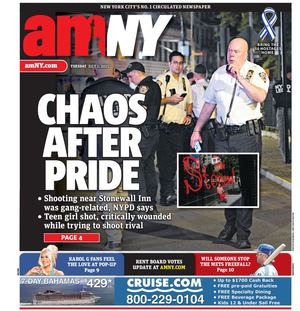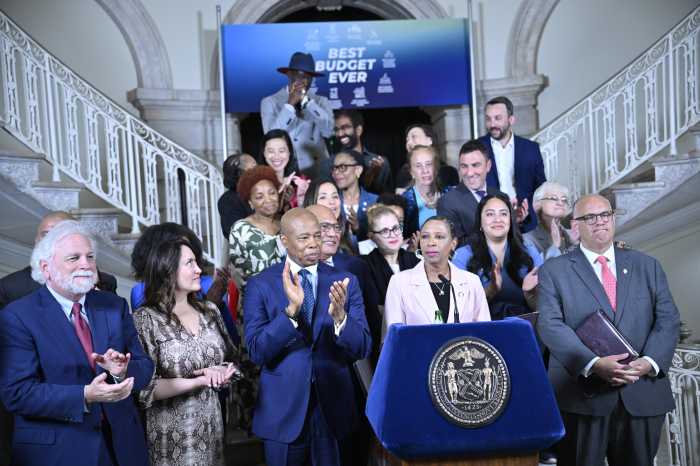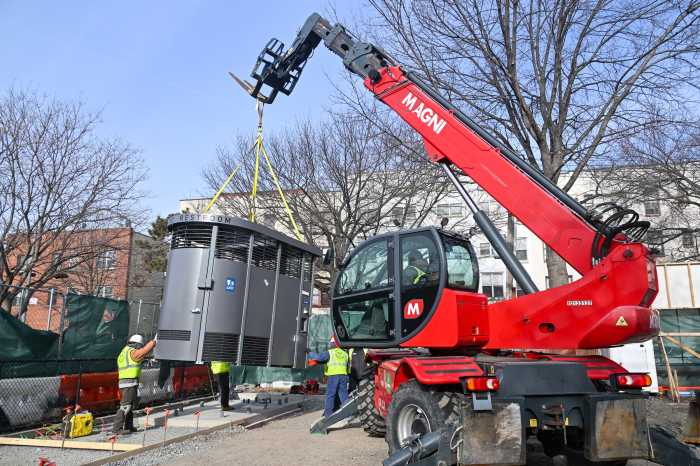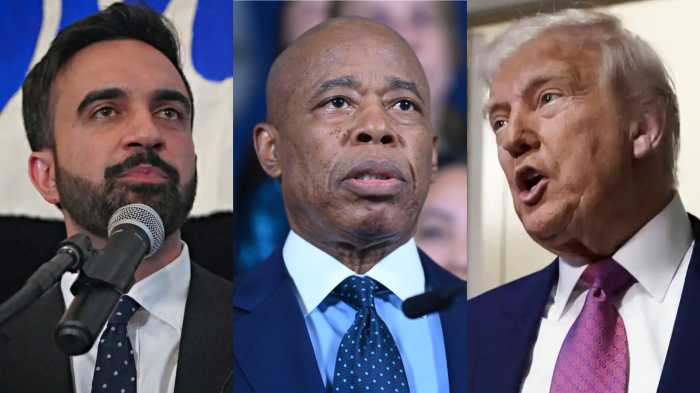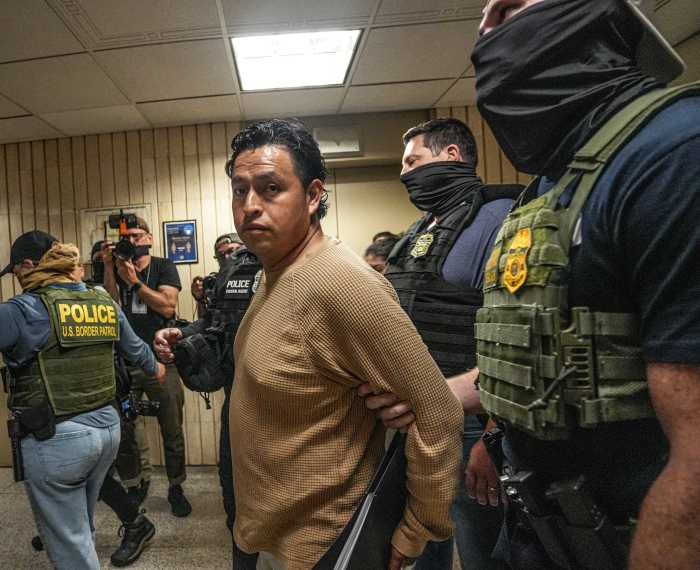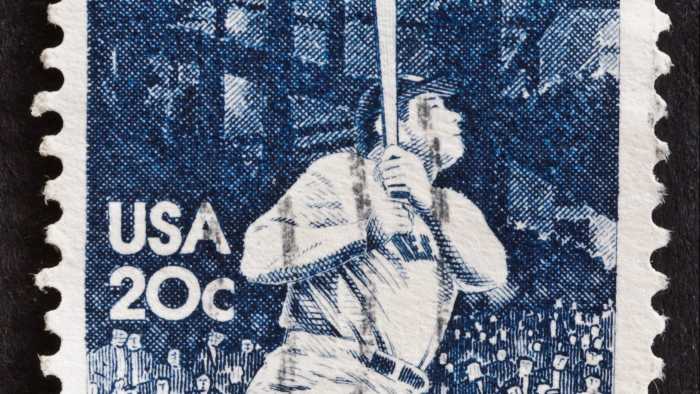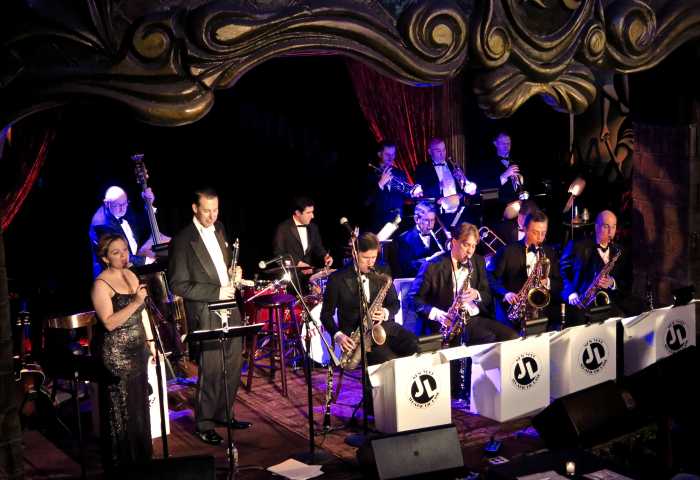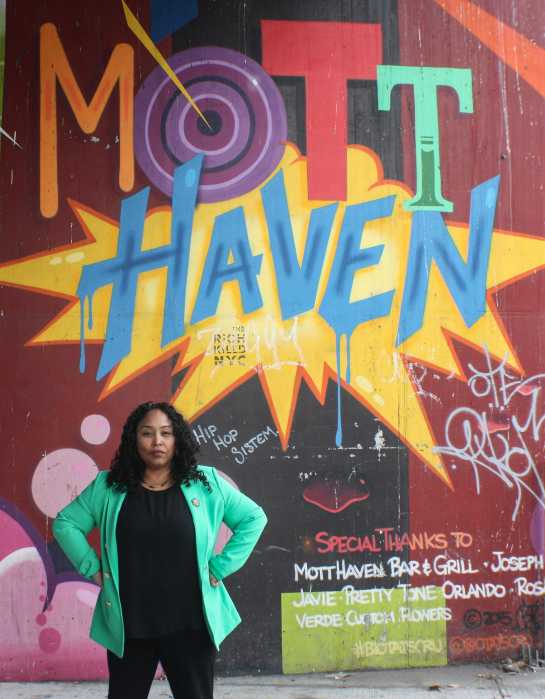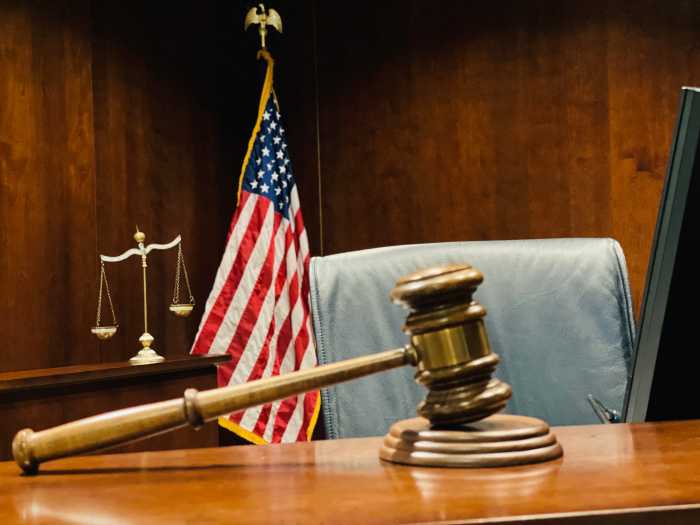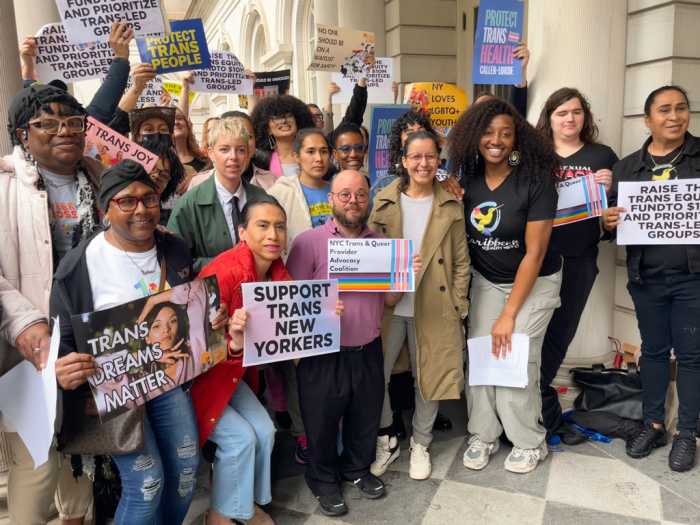
BY COLIN MIXSON |
Local lawmakers are demanding Governor Cuomo give the city’s community boards a chance to air their grievances over bills he announced to amend laws controlling the sale and distribution of alcohol.
Downtowners claim the proposed laws — mostly written by a panel of handpicked insiders — hold serious consequences for New Yorkers, whom the state gave scant opportunity to weigh in on the proposed measures.
“I’ve long supported a key role for community boards in the liquor application process,” said state Sen. Daniel Squadron. “It doesn’t make sense that community boards weren’t given a meaningful role in developing proposed changes to the liquor law. Provisions that impact our communities and raise real concerns should not be pushed forward without engaging those communities.”
The cadre of Manhattan’s state and city legislators, including Squadron, assemblymembers Alice Cancel, Deborah Glick and Richard Gottfried, and councilmembers Margaret Chin and Rosie Mendez, rallied outside City Hall on June 3. They appealed to the state to provide locals with a more substantial opportunity to give input on Cuomo’s new legislation.
The state’s Alcoholic Beverage Control Laws — enacted in the 1930s following the end of the country’s doomed “noble experiment” with Prohibition — give local community boards the opportunity to issue opinions on a wide range of liquor-license applications.
However, the new bills proposed by Cuomo to modernize the nearly century-old laws were largely devised by the 23 members of the Alcoholic Beverage Control Law Working Group — a so-called “blue ribbon” panel of industry professionals and their lawyers, including Steven Harris, president of the New York State Beer Wholesalers Association, and Kelly Diggins, senior counsel for North American Breweries.
The group included only one local representative, Ebenezer Smith, the district manager of Community Board 12, which covers Washington Heights and Inwood in Upper Manhattan.
Many of the governor’s new bills are relatively innocuous as far as New York City residents are concerned — designed to ease the financial and bureaucratic burdens state laws have placed on manufacturers and brewers. For example, the legislation would reduce paperwork for craft brewers, allow the selling of wine in growlers and reduce fees for small wholesalers.
Other proposed provisions, however, would expand the hours that bars can operate on a Sunday and ease the licensing process related to the “200-foot rule” for bar/restaurants. The latter would open up the possibility of watering holes — albeit, only those with a kitchen — locating adjacent to houses of worship and schools, and posing very real quality-of-life concerns for Manhattan neighborhoods already oversaturated with nightlife, according to locals.
The “500-foot rule” — which requires applicants to specify the “public good” of adding another liquor license within an already alcohol-saturated area — reportedly would not be weakened, but Downtowners are still wary.
“There are lots of good things — simplifying red tape for wineries and artisanal this-or-thats,” said Jeff Ehrlich, a member of Community Board 1. “But in an Upstate town you don’t have 30 bars in a 500-foot radius like you do down here. So some of those proposals seem like they were done without proper comment and proper representation by the communities of the city.”
Not only were locals virtually nonexistent on the working group, little effort was made to alert Manhattan’s community boards about the working group’s work and its potential to affect residents’ quality of life.
Susan Stetzer, district manager of the East Village’s Community Board 3, is largely responsible for bringing the issue to the community’s attention. She said she became aware of the working group’s existence sometime last fall. However, she was led to believe — by an attorney who regularly appears before CB3 on behalf of local liquor-license applicants — that the group’s main concerns were on the manufacturing side of the alcohol business.
It wasn’t until Stetzer happened upon the working group’s recommendations, which she found buried on the State Liquor Authority’s Web site, that she realized the group was, in fact, proposing legal changes that would affect residential communities.
“It was a media advisory on the SLA Web site, which is not something we usually check,” Stetzer explained. “I try to occasionally look. But there’s no way we have the resources to check every Web site for every agency, and there wasn’t any buzz about it. There was public notice. But 11 of the 12 Manhattan community boards had no idea that the 200-foot rule was being discussed, or Sunday hours being changed.”
Moreover, while the working group’s meetings were open to the public, the community boards were not explicitly invited. The aforementioned attorney, however, did receive a letter welcoming him to attend the meetings, according to the East Village district manager.
“They’re saying there was notice, but I’m wondering why an industry lawyer got an invite and we didn’t,” Stetzer said.
Now, with the state’s annual legislative session coming to a close on June 16, locals fear that the governor will ram his liquor bills through committee and put them before the Assembly for a vote without giving community boards a chance to review them carefully and weigh in.
“The 16th is the last day they’re voting on legislation, so that’s part of the whole problem with transparency,” Stetzer said. “It requires a little bit of time.”
